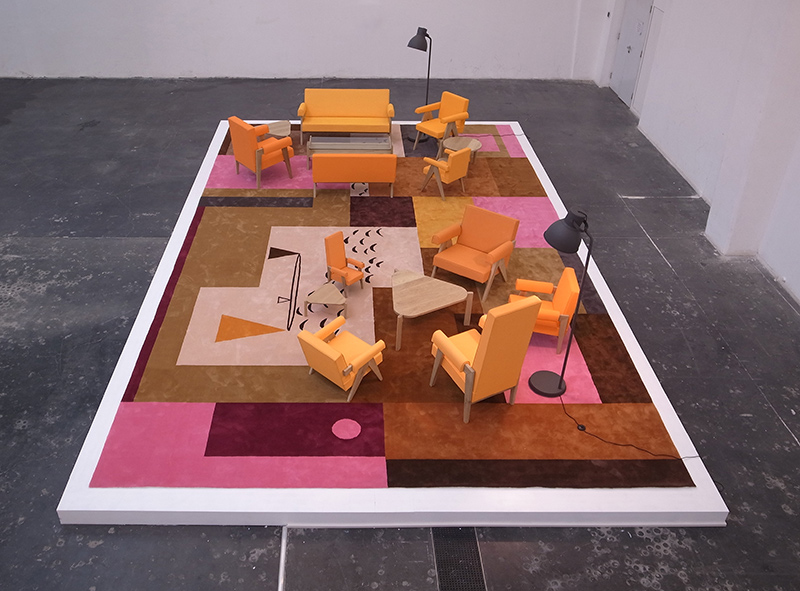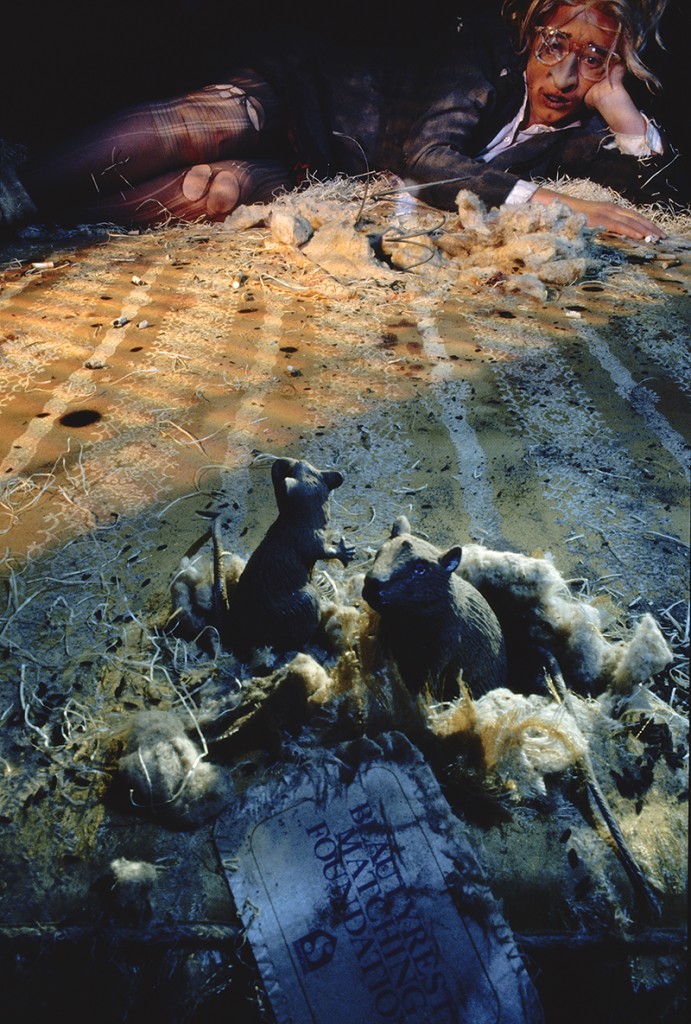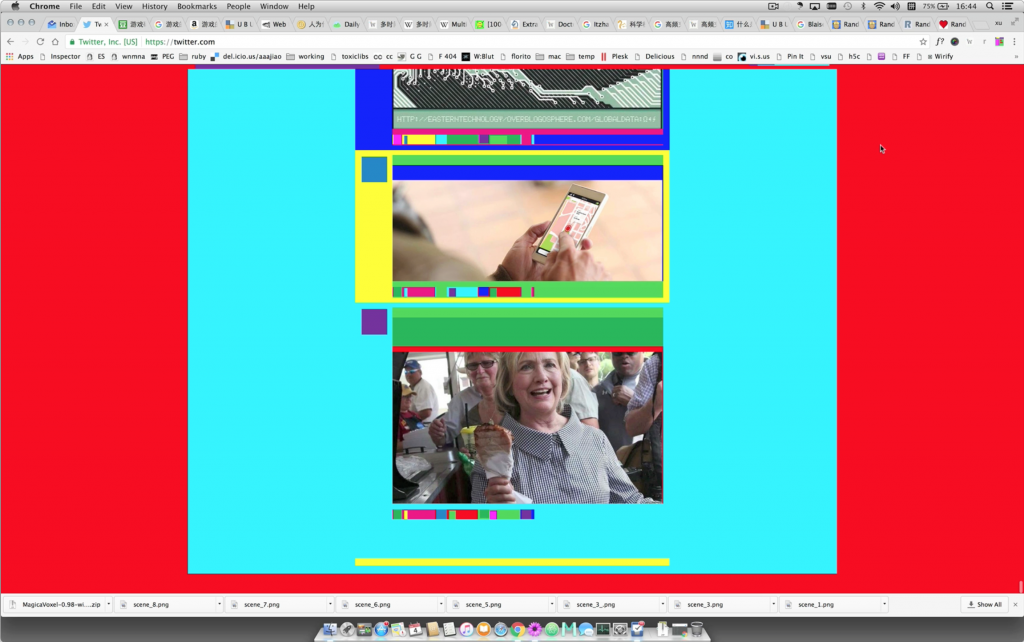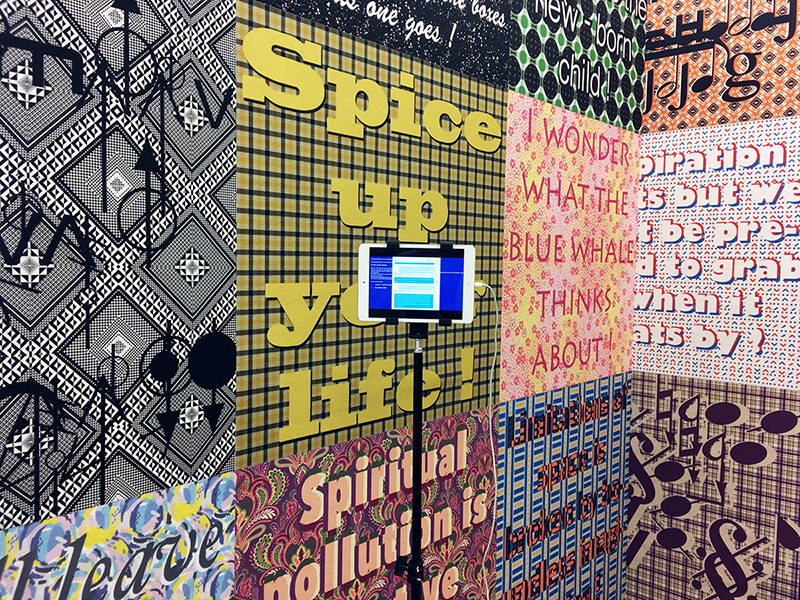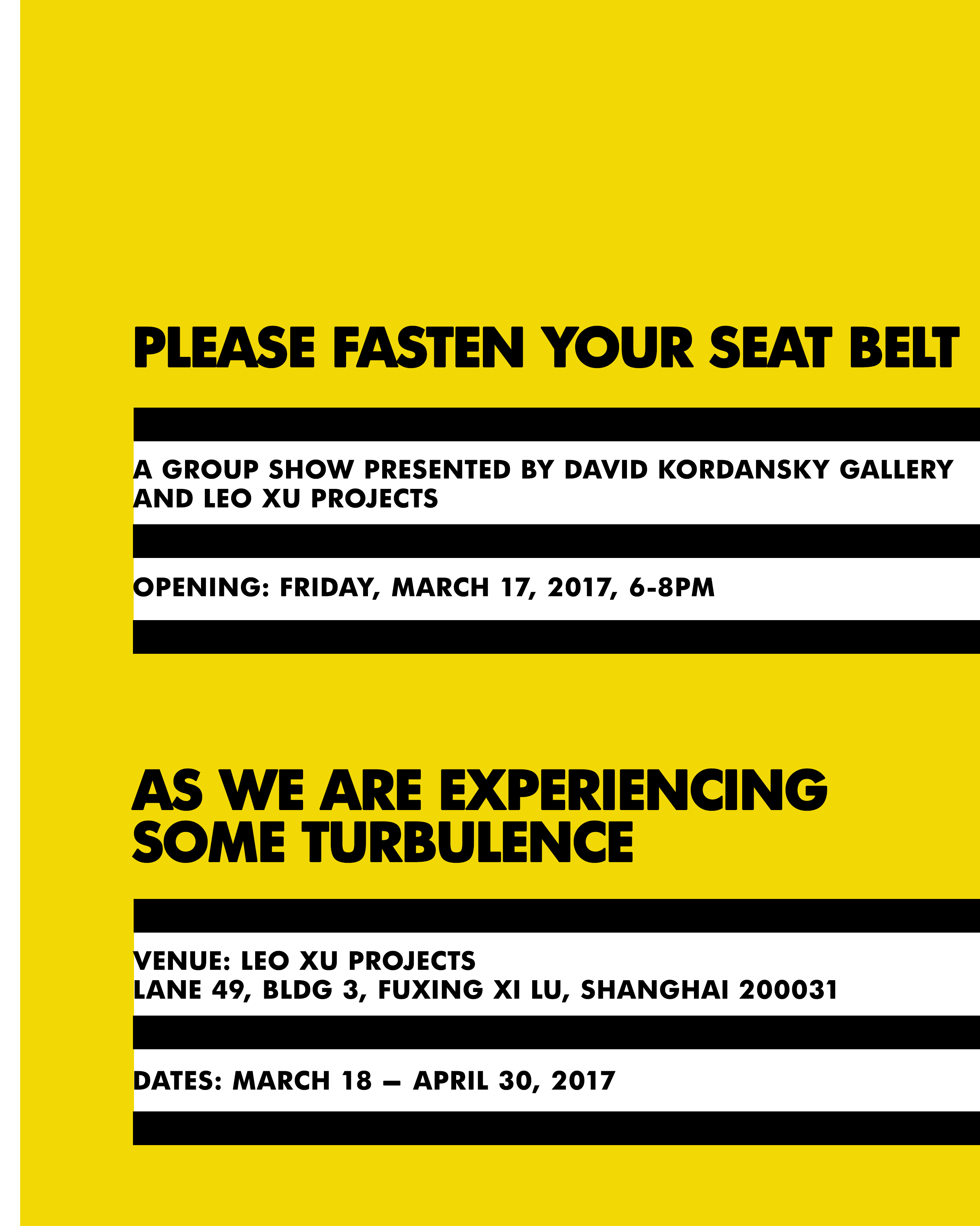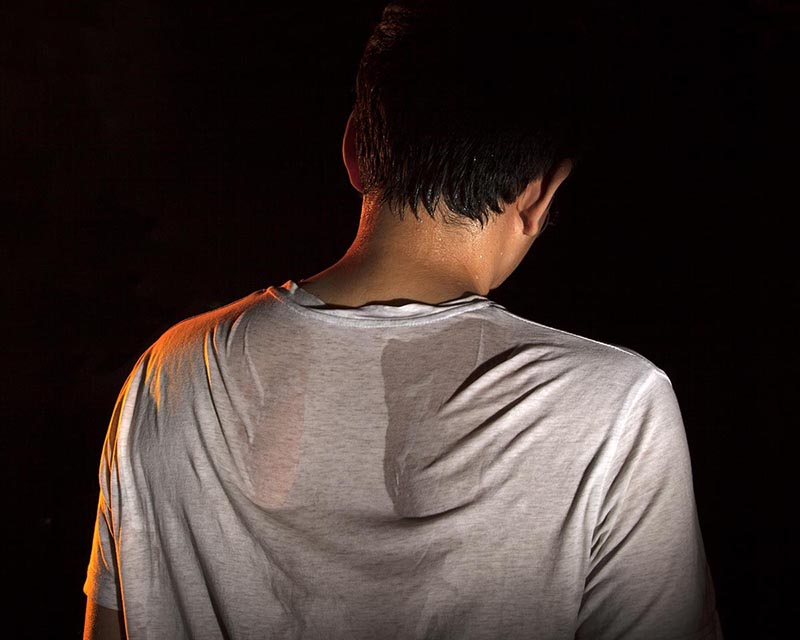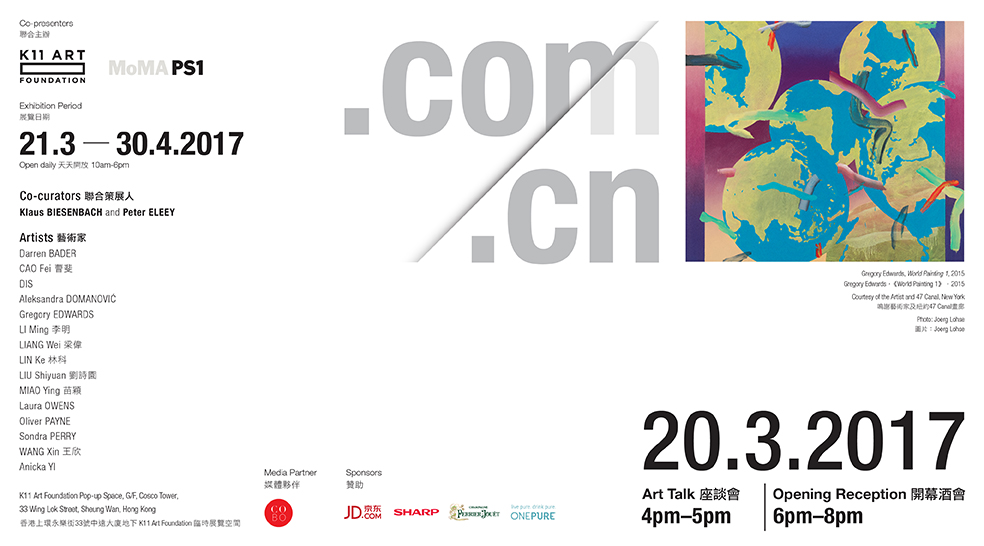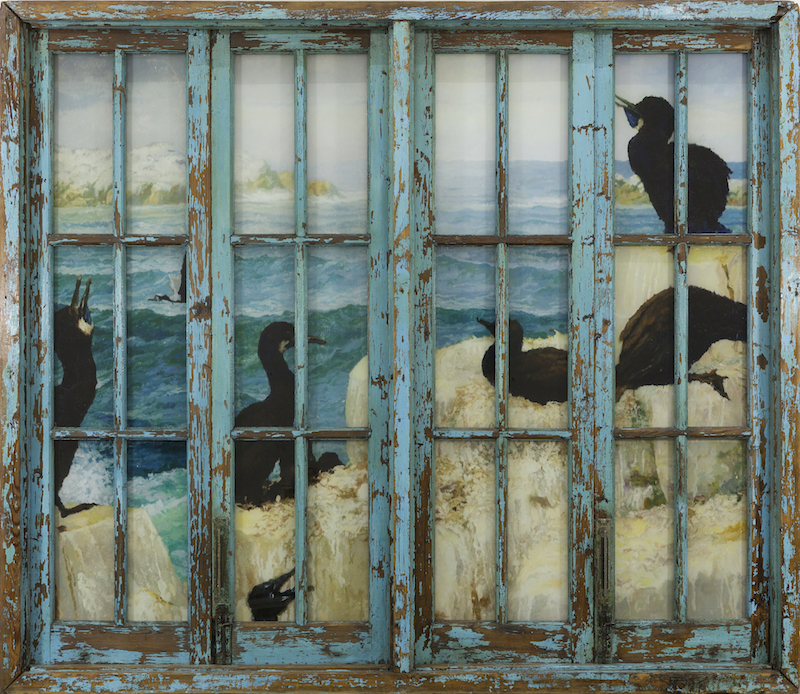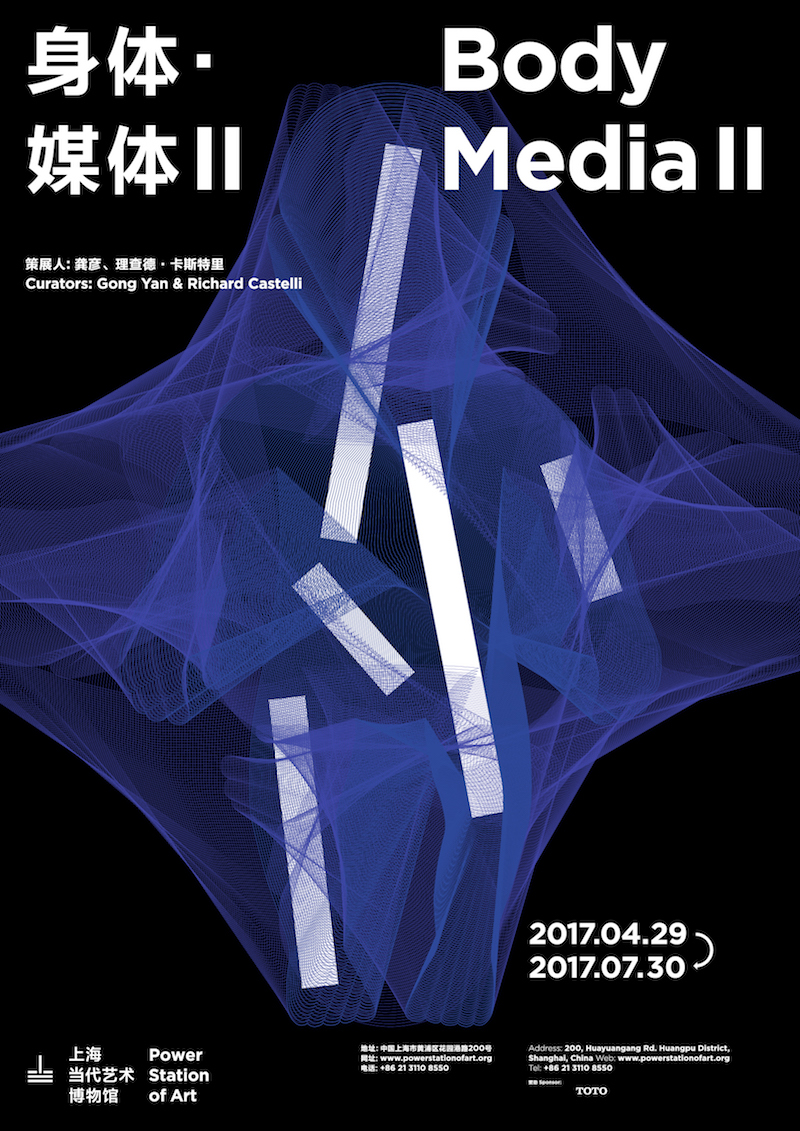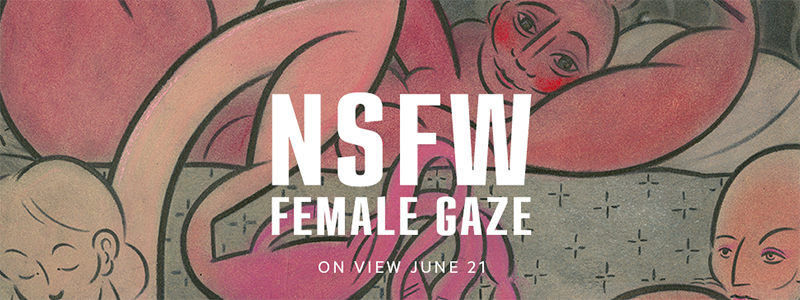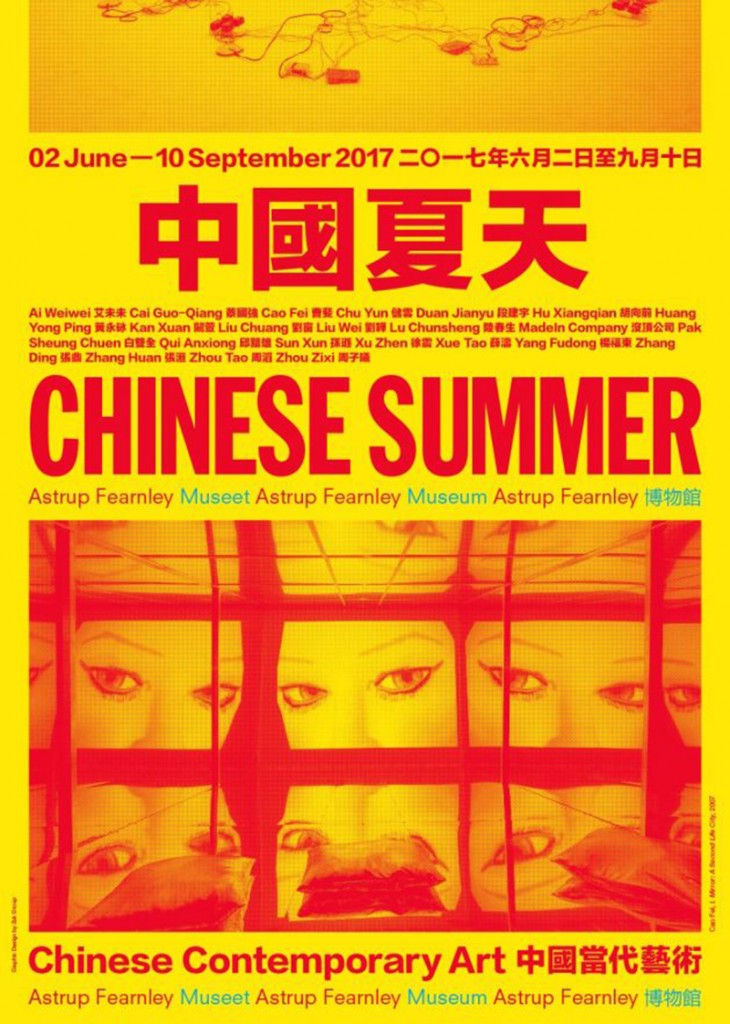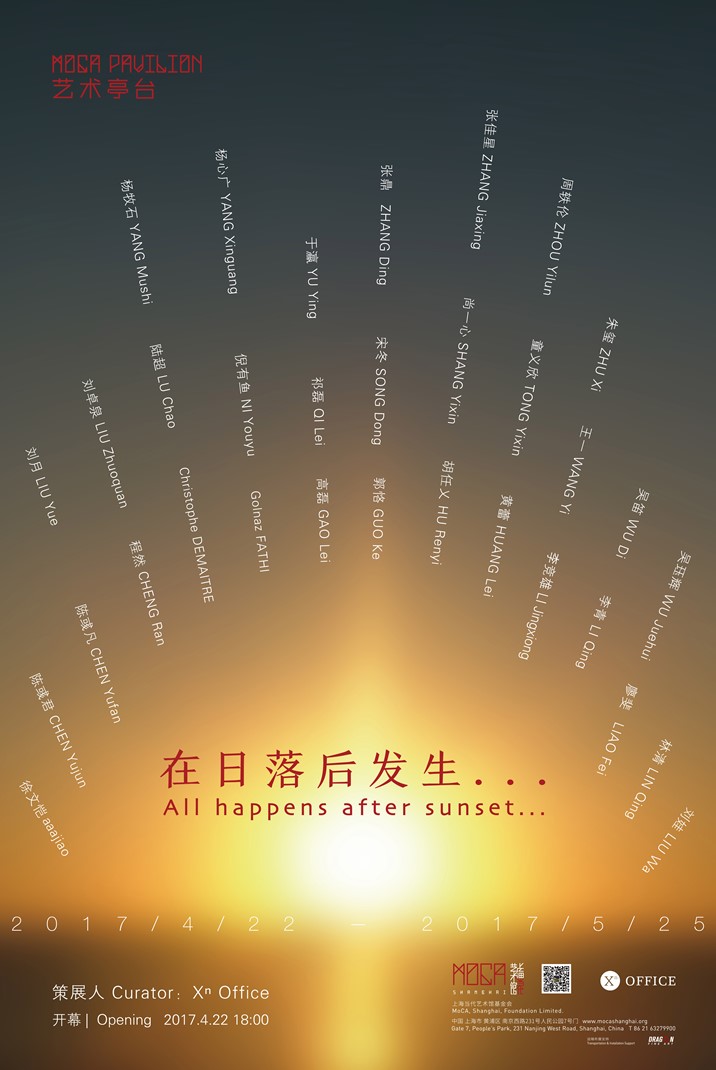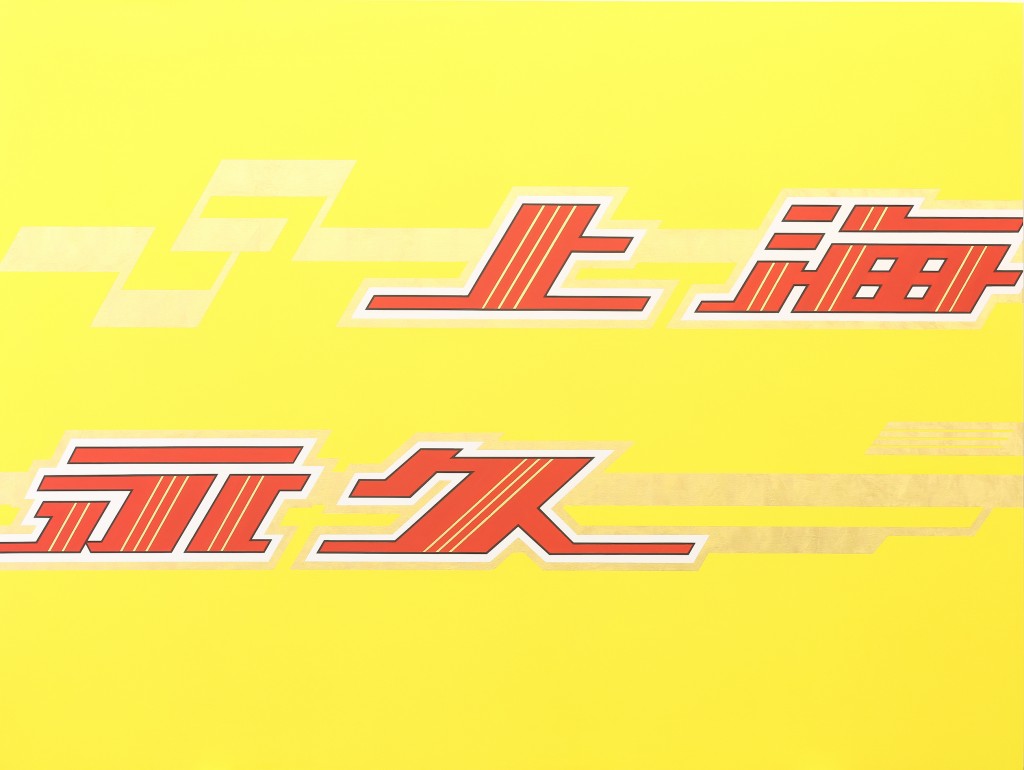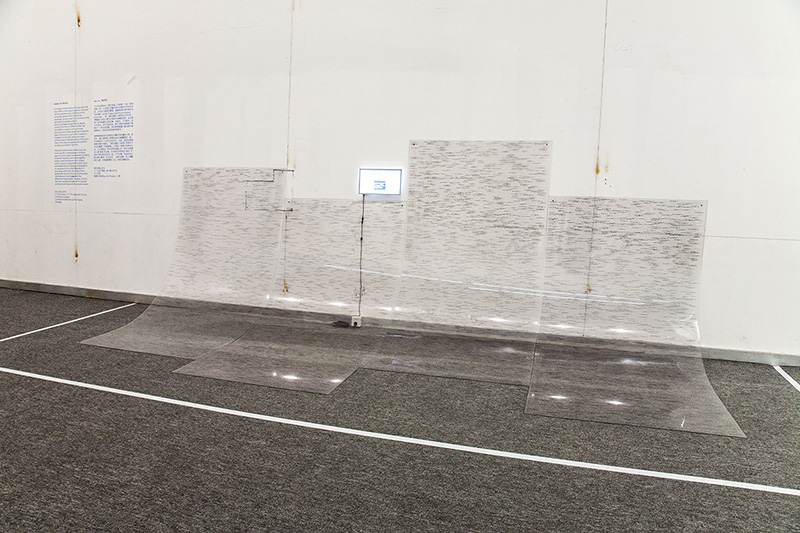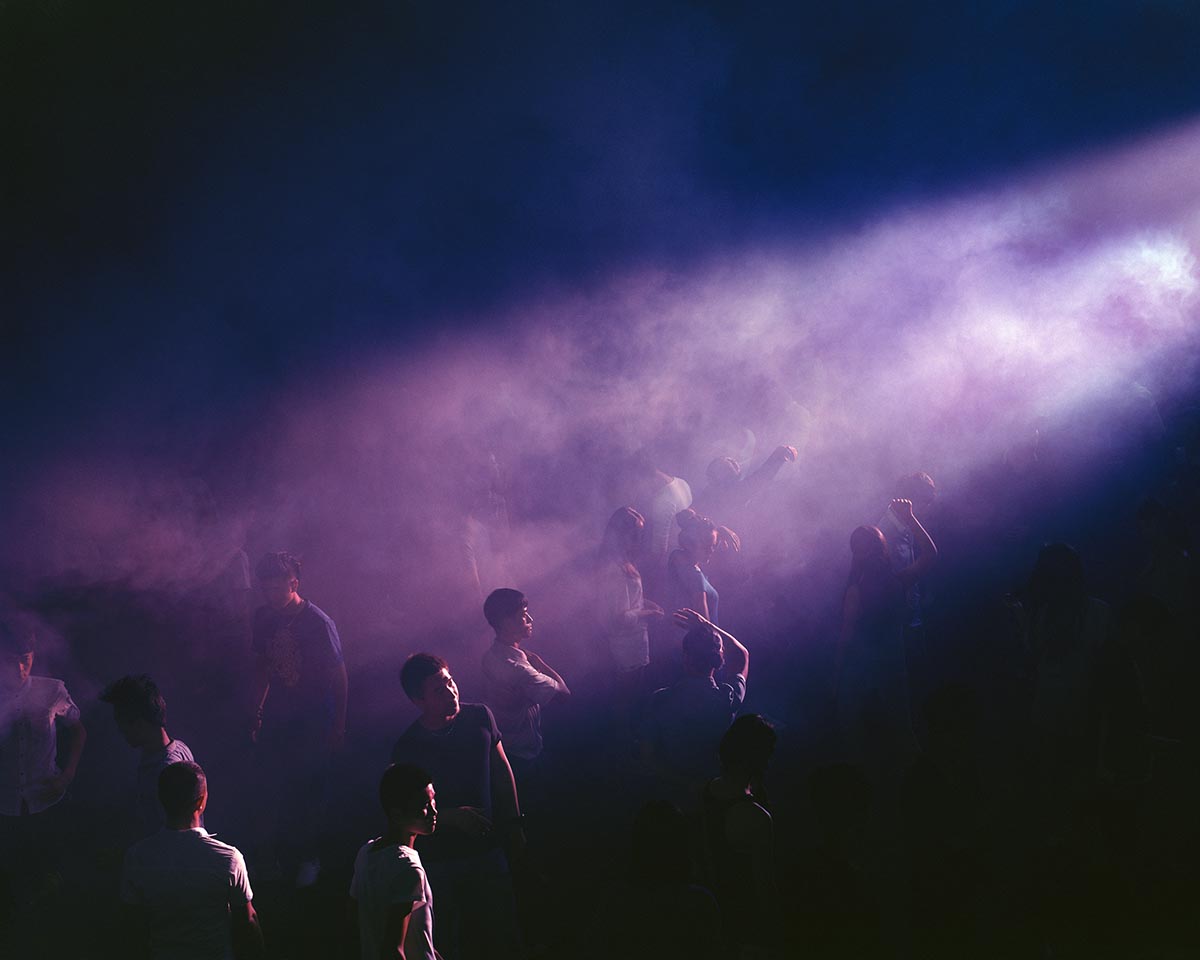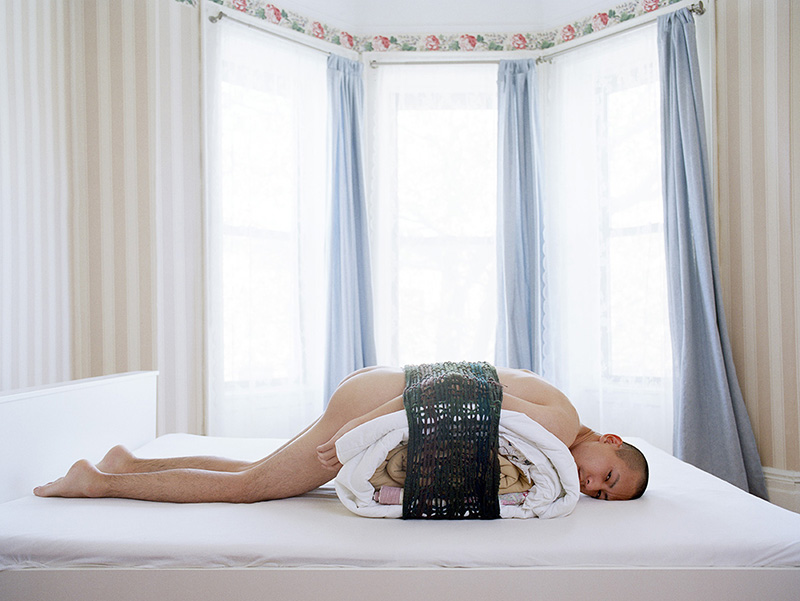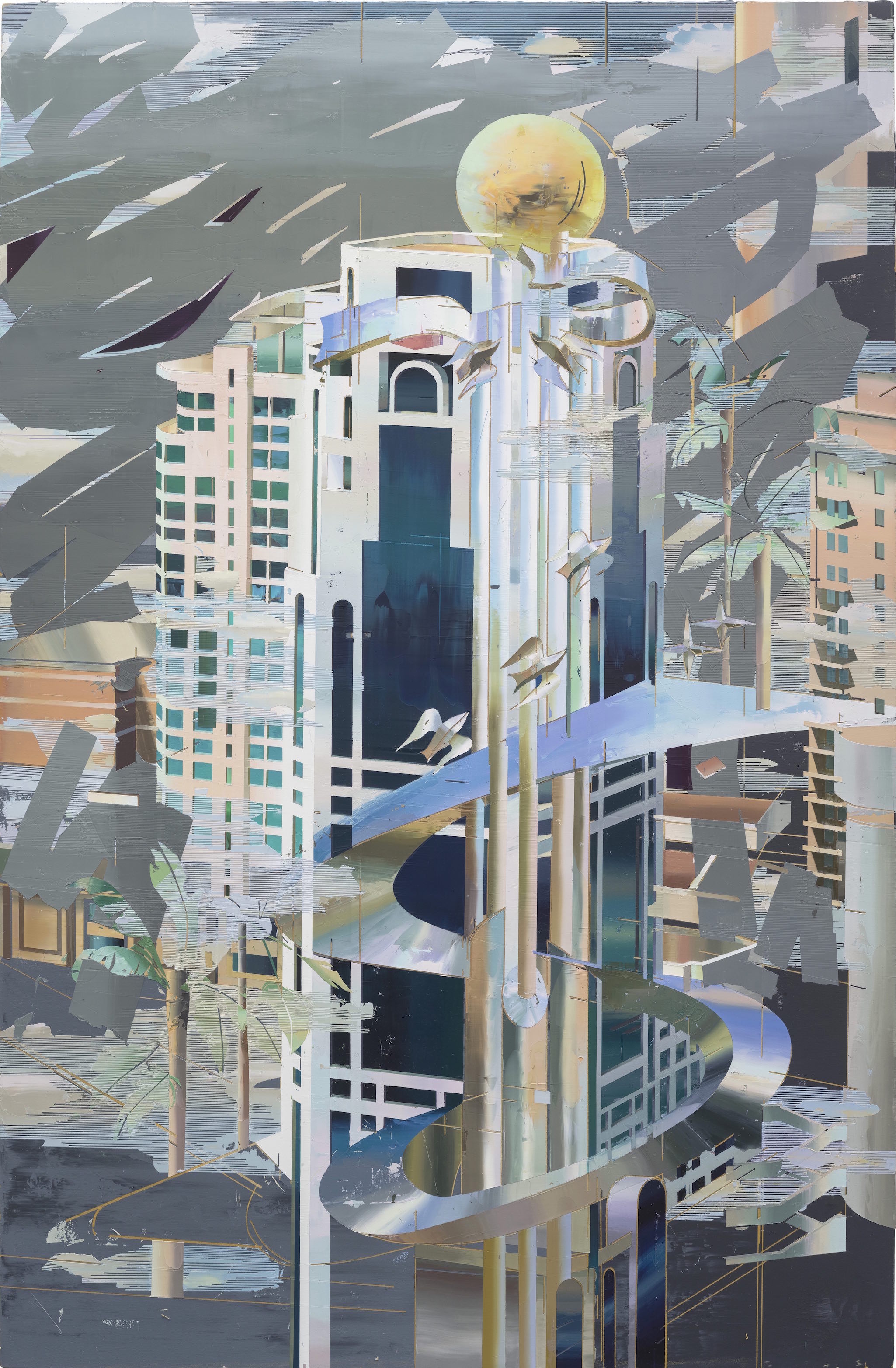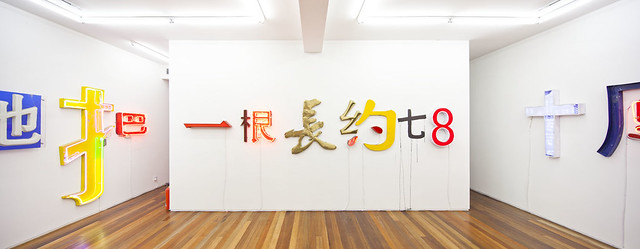
Installation view. Photography: Justin.
September 9th through November 27th, 2011 VIP reception: Friday September 9th, 6-8pm
Artists: Chen Wei, Cheng Ran, Guo Hongwei, Gabriel Lester, He An, Liang Yuanwei, Liu Wei, Sun Xun, Wang Yuyang
LEO XU PROJECTS is pleased to present group exhibition “Sweet Dreams (are made of this)” for the gallery’s inaugural show, featuring a selection of commissioned works from Liang Yuanwei, Chen Wei, Cheng Ran, Guo Hongwei, Wang Yuyuang as well was pieces by Liu Wei and Sun Xun. Also on view are the re-staging of two classic pieces by He An and Gabriel Lester. The show runs from September 9th through to November 27th.
Referencing the 1983 hit from British music-duo Eurythmics of the same name, the exhibition takes the lyrics of “Sweet Dreams” as a foundation in which to explore and portray the oddities of both the utopian and dystopian-like elements of our everyday lives wherein “everybody’s looking for something”. In a time where the world feels increasingly small, this exhibition asks the presented artists to ponder the development of “relationships”, whether it be to themselves, to others, to society, from culture to culture or to their studio practices, especially with regards to the ever-changing visions of society, and of present reality.
The exhibition begins with a piece from Beijing-based installation artist He An, entitled “Do You Think That You Can Help Her, Brother?” (2008-2009). Using stolen signs from various neon marquees and metal billboards across China, He An creates an array of calligraphic delights, combining different radicals and characters to create his desired words and sentences. Displayed is the third section of a larger piece of work narrating a love story between an adult-film star and a working class boy, created through the re-appropriation of found sentences across various online platforms. Through the process in which the artist creates the story, combined with his method of juxtaposing the large variety of calligraphic content of China’s public signing, He An creates a new form of writing by deconstructing the viewer’s association with the familiar signs, styles and language, and in turn investigates the relationships between the artist or viewer with the public and virtual world.
In a similar process of production, a new ‘China-focused’ remake of Gabriel Lester’s “All Right” (2006-2011), originally commissioned for the 2006 Busan Biennale, sees once again the use and re-appropriation of found imagery to narrate the artist’s allegorical story. Set in the post Cold War era, the story follows a young boy from China on his journey of escape from his native country across to pre-1989 Berlin, and to Russia, before his return home by boat. By create a visual collage of unrelated .jpegs and footage, as well as placing it within the realm of self-discovery and reliance, Lester uses his studio practices to reflect on his own interpersonal relationships, reflecting the healing process of mourning.
Cheng Ran’s video “Chewing Gum Paper” (2011), in which he creates a hypnotic celestial dreamscape set against an equally mesmerizing soundtrack featuring an edited loop of Martin Luther King’s “I have a dream”. Set into motion by the vibrations of a rock band’s performance, chewing gum wrappers shaped into small spheres dance atop a drum’s surface, mimicking the movements of a large gathering or demonstration of people. In the process of captivating the audience with his simplistic aesthetics, Cheng Ran employs his playfulness and satire to demonstrate a longing for an alternate universe.
Fuxin-born Sun Xun’s pastel on canvas works from the series 21 gram (2007) aims to twist the viewers’ understanding of familiarities as we are provided insights into his larger piece of video animation of the same title via his storyboards. The full work, which reimagines China’s modern history through a western capitalist eye, creates a world of dystopian madness, but to a storyline all to close to our own history. By doing so, Sun Xun examines the relationships between people, collective truths and absolute certainties.
Using humor as a means of examining relationships is also evident in the work of Liu Wei, who in “Untitled” (2011) creates for the viewer a deadpan perspective on daily objects, such as with that of the paper-cutter and the iPod speakers merged into the painting installation. Disregarding completely not only their functions but also their appropriate placement, Liu uses them simply for their forms, colors and shapes. With paint, the artist extends the geometric lines and shapes of the objects in order to unite all three elements of the work, and thus fetishizes the two used objects to an extreme degree of seemingly unnecessary admiration. As a result, he questions society’s ever changing understanding and fascination with material objects, and the easily manipulatable ways to affect them.
In focusing on the artists’ relationships between their own artistic practices and the wider world, are artists Chen Wei, and Liang Yuanwei who in all works displayed, clearly reference their creative influences. Liang Yuanwei, a young Beijing based painter known primarily for her floral patterned paintings, takes her own art and creations into question, as evident in a rare sculptural piece titled “A Piece of Painting” (2011). As the name suggests, Liang approaches, as if almost intuitively, the displayed burned mattress immediately as a painting. Through this work, the artist exemplifies her relationship with habitual processes of artistic creation, as well as reflecting on her internal relationship with aesthetic forms and figures that surround her.
In contrast, Chen Wei uses his five staged photographs to focus more so on the relationship between external influence of knowledge on his artistic practice, evidently referencing his art historical understanding and recognition of 20th century performance and conceptual art. For example, his 2010 photograph “A Grey Suit” undoubtedly reference Joseph Beuy’s “Felt Suit (Filzanzug)” (1970), while “He Ran Against a Lamp Post in the Dark” (2010) hints to the work of Robert Gober. However, Chen shines his own dark-cinematic light on the references, taking his photography back from the referees to making them inherently his own creations, thereby examining the relationship the role of the artist within the larger realm of art and art history.
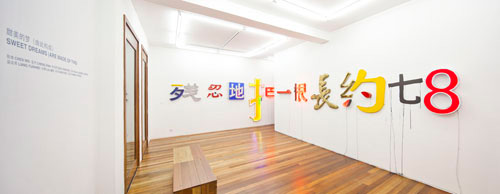
Installation view. Photography: Justin.
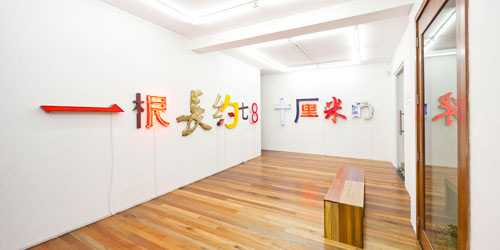
Installation view. Photography: Justin.
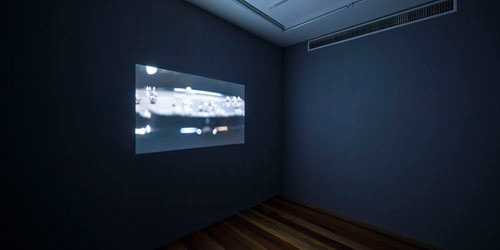
Installation view. Photography: Justin.
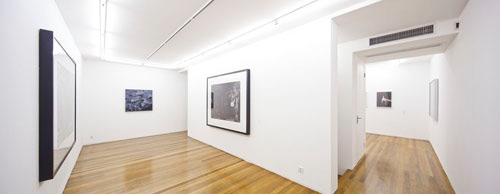
Installation view. Photography: Justin.
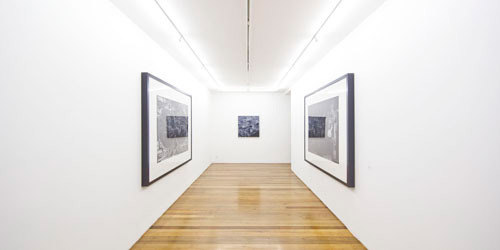
Installation view. Photography: Justin.
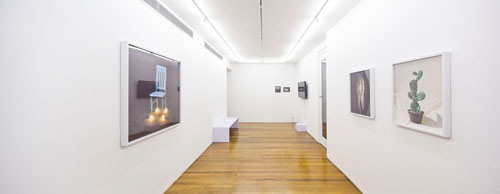
Installation view. Photography: Justin.
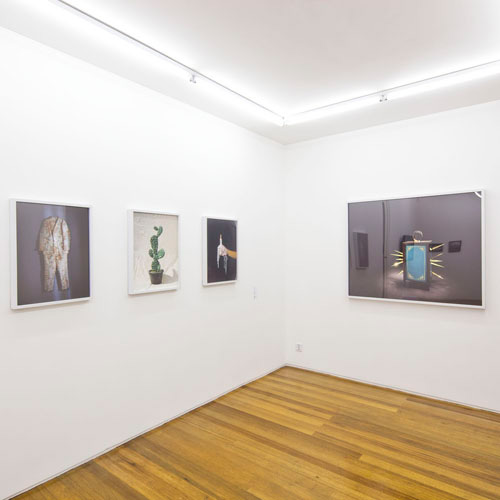
Installation view. Photography: Justin.
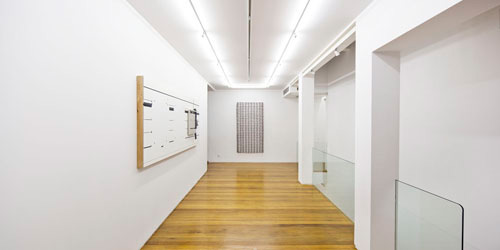
Installation view. Photography: Justin.

Installation view. Photography: Justin.
For further information, please email the gallery info@leoxuprojects.com or phone +86 21-34611245.

